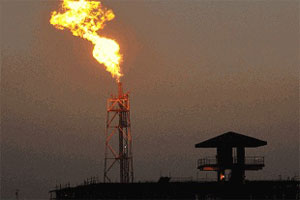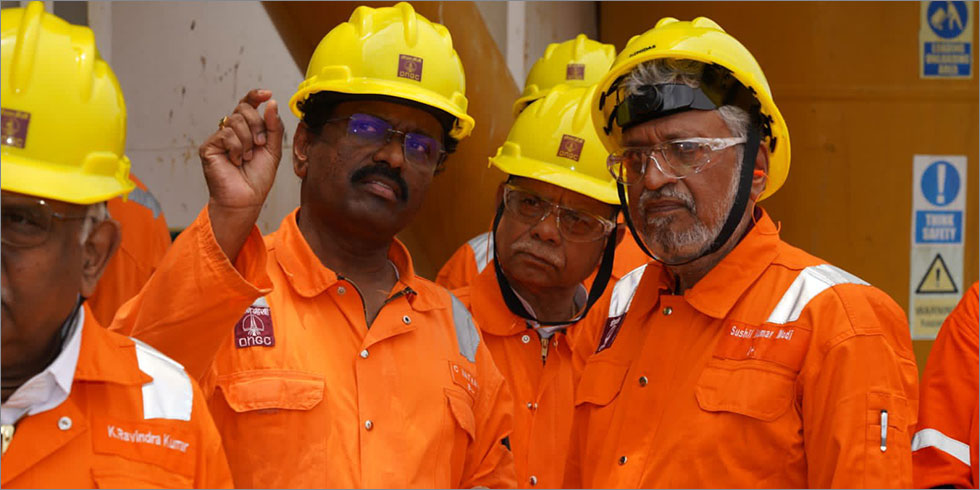India's oil demand will more than double to 10 million barrels per day by 2040, oil producers' cartel OPEC Secretary General Mohammad Sanusi Barkindo said today as he saw the world's third largest energy consumer playing an important role in oil market stability.
"Its vibrant economy currently enjoys the fastest growth in the world with a rate of 7.5 per cent in 2016. At one level, India represents an important source of rapidly growing oil demand that appears to now be the highest, at nearly 300,000 barrels per day - a rate that surpasses China," he said addressing the Petrotech conference here.
The growth is being generated by the country's transition to modern fuels in households, as well as rising demand in the transportation sector and in the petrochemical industry. "This has provided a great incentive to the world's oil producers, OPEC Member Countries in particular, to ensure that India's future demand needs are met," he said.
Also, India is home to one of the most important single consumers of crude oil, Reliance IndustriesBSE -0.04 %, which operates the world's largest oil refinery at Jamnagar in Gujarat with an annual processing capacity of about 1.2 million barrels per day (bpd).
"There is, therefore, no doubt that India has emerged as a global player on the energy scene. And as a large oil consumer, India also shares with us and other global oil producers another important goal - oil market stability. The flip side of this is, of course, oil price volatility," he said.
According to OPEC, global demand is forecast to increase by nearly 17 million barrels a day until 2040 - when it could reach around 110 million bpd. Emerging and developing economies in Asia are expected to make up roughly 70 per cent of this growth, which is being spurred on by the region's population growth, a rapidly expanding middle class, urbanisation and industrialisation.
"India is projected to see its population grow by 317 million, surpassing that of China by 2030, and reaching 1.6 billion by 2040. This would correspond to around 18 per cent of the world population, compared to 16 per cent for China, during the same projection period in 2040," he said.
GDP growth in India and China are estimated at 6.9 per cent and 4.9 per cent per year, respectively, over the forecast period up to 2040.
"In particular, China ($41.3 trillion) and India ($31.6 trillion) will together contribute more than half of the total global economic growth between 2015 and 2040," he said.
"India will also see dramatic increases in its real GDP over the next 25 years. It is anticipated to surpass OECD Europe in 2034 and, by 2040, India's real GDP is estimated to be about the same size as OECD Americas," he said.
In India alone, oil demand is projected to rise to more than 10 million bpd by 2040 compared to 4.1 million bpd in 2015, he said.
"Such a substantial expansion in India and other fast growing economies in Asia will require supplies from all producing regions. Thankfully, OPEC Member Countries will play a crucial role in fuelling this dynamic growth. But for this to happen, continued investment in our Member Countries' energy industries is required," he said.
He said there is a clear need to ensure that prices are supported and stabilised. "This is something that can only be achieved together, by sharing outlooks and through collaboration among the world's producers, particularly as the world continues to evolve towards more inter-dependence and more tightly integrated energy markets," he added.
Roughly 85 per cent of crude and 90 per cent of gas going to India are sourced from OPEC Member Countries.
He said oil markets in recent years have been characterised by a sustained drop in crude prices, accompanied by volatility.
"The current downward cycle in prices, which is one of the longest in history, began its precipitous decline in June of 2014 and reached a low of $20 per barrel in early 2016, a massive decline of 80 per cent," he said, adding it is only recently that we have started to see encouraging signs of a reversing trend upwards.








Add Comment